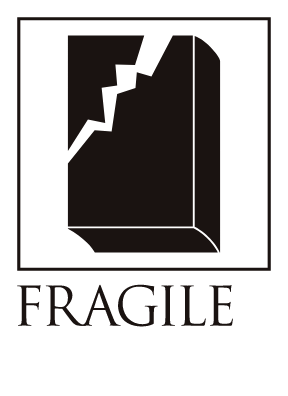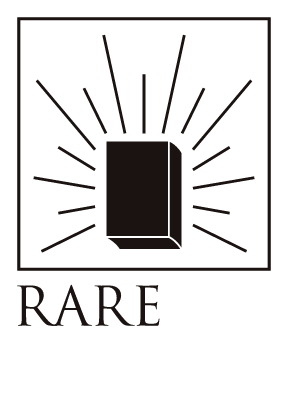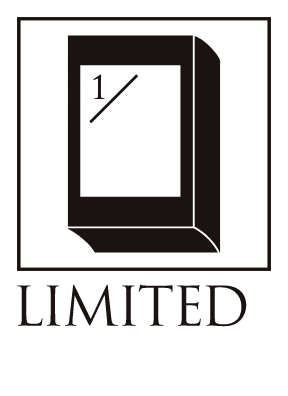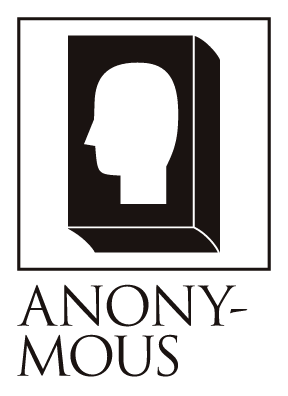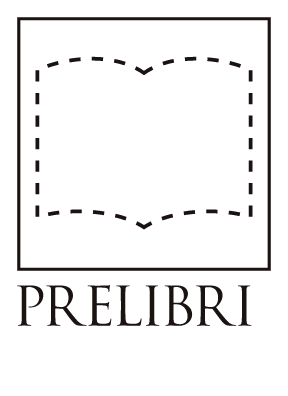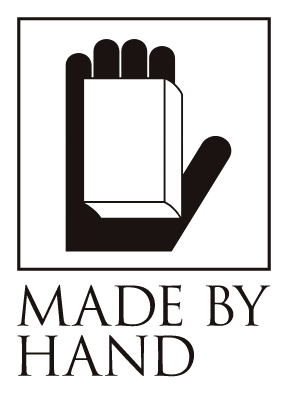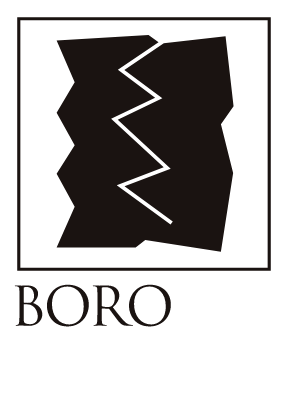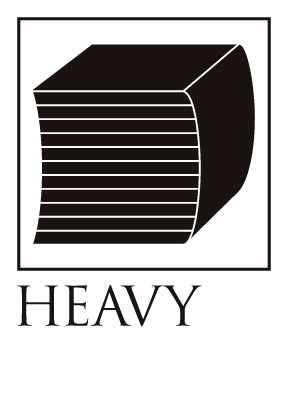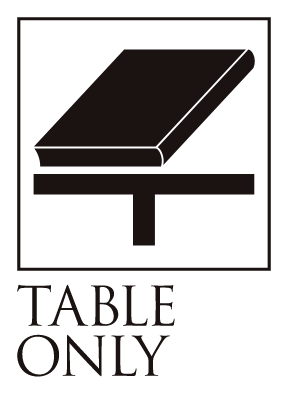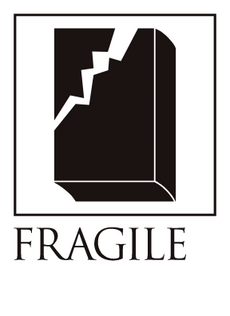Old Paper
Bibliographic Details
- Title
- Old Paper
- Designer
- Hideyuki Saito / サイトヲヒデユキ
- Images
- Photo by Onuma Shoji / 大沼ショージ
- Publisher
- Atiburanti Classiky / 倉敷意匠アチブランチ
- Year
- 2012
- Size
- h245 × w140mm
- Pages
- 64 pages
- Language
- Japanese / 日本語
- Binding
- カバー:活版印刷/本体:天アンカット
The top of the book
A photo book to tear and read.
May the secret Buddha be unveiled.
This photo book was taken by Shoji Onuma to document the "Prayer Paper Exhibition" organized by Kurashiki Isho in 2012. The cover was designed by Hideyuki Saito.Since the theme is "old paper items," the bookbinding is based on the good old days when books were custom-made.No finishing cutIt is in a temporary binding state.The top of the bookBecause it is uncut and not cut,To read the text (explanation of the photo) written on the inside of the bag, you will need to use a paper knife or similar tool.Top of the bookIt is time-consuming because you have to cut it in order to read it, but it is also a typical Kurashiki Design production idea that values texture. If it is not rough,It doesn't look like a Kurashiki design.Moreover, the paper used for the main text has long fibers, so it tends to fray when torn. The cut edges have a rough texture. I felt it was a waste to tear it, so I left it uncut.
The contents include 15th and 16th century Western books of hours, Gregorian chants, and printed matter from the early days of movable type printing, as well as Japanese Buddhist inmulets made as virtuous acts from the Heian to Kamakura periods, and amulets from the Edo period, along with photos of the exhibition and their descriptions. All of the exhibits are about "ancient papers" that carry prayers, and feature "paper items" that have been carefully passed down for hundreds of years.
The photos, by Shoji Onuma, are unique in their undertones. They evoke a solemn feeling, as if one were facing a sacred Buddha or a deity encased in a shrine.It makes me think that it is in dim light that things' true nature is revealed, and that there is a world that cannot be seen unless it is dark.His interesting background is that he first became a photographer after photographing excavated items as a member of an excavation team at the Kamakura Archaeological Institute. He is the photographer who took the photos for "20th Century Public Baths Photo Collection" (supervised by Shinobu Machida, preface by Terunobu Fujimori), which documents public baths across the country, and for "1x1=2 - The Work of Two People," a book written by husband and wife duo Keiichi Sumi and Kimiko Matsuzawa. Recently, he was memorable for the year-long shoot he did on Satomi Hirobe (Hyakusai Gekijo), who grows vegetables on the shores of Lake Biwa. Incidentally, the rice she grows is delicious.
Text by Osamu Kushida
